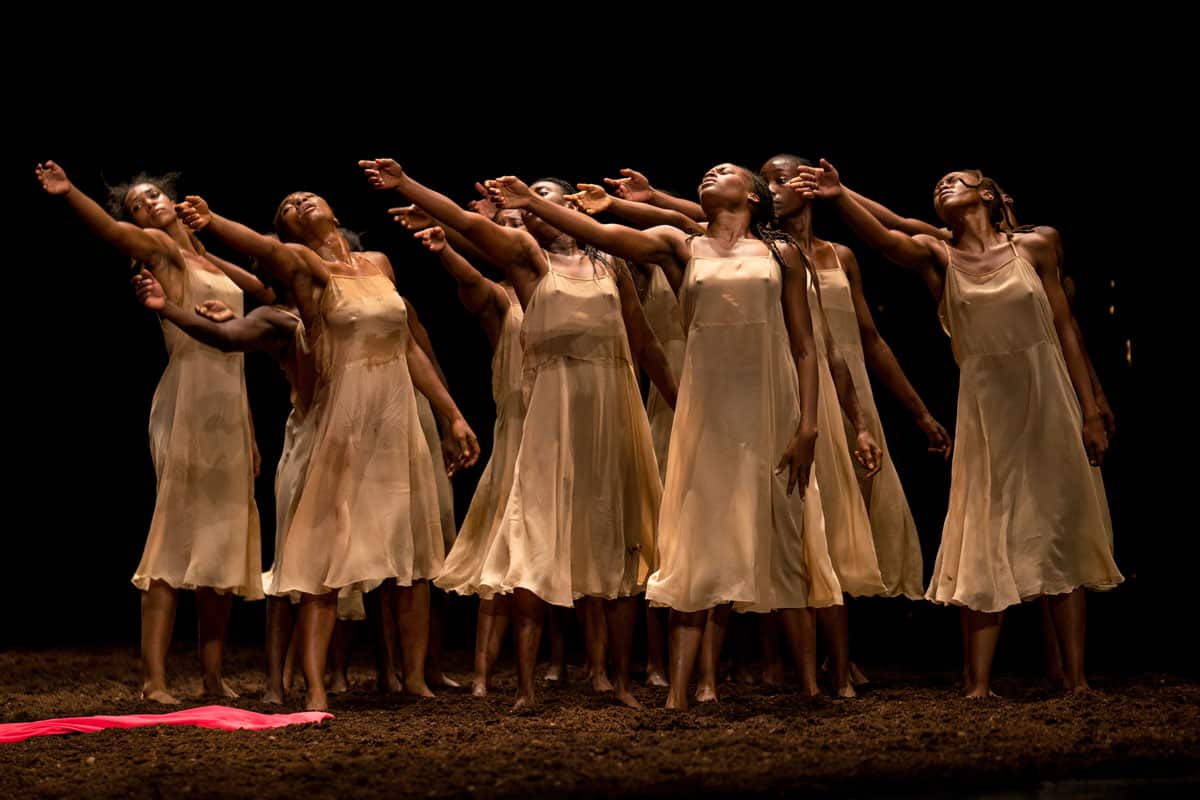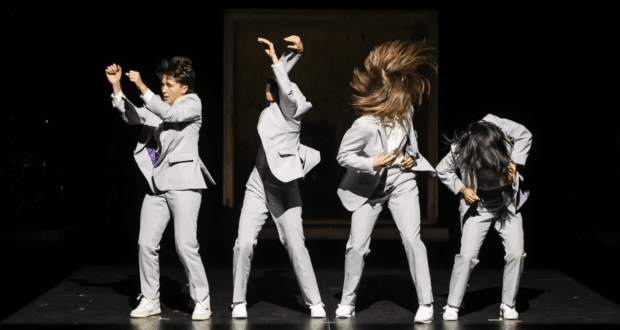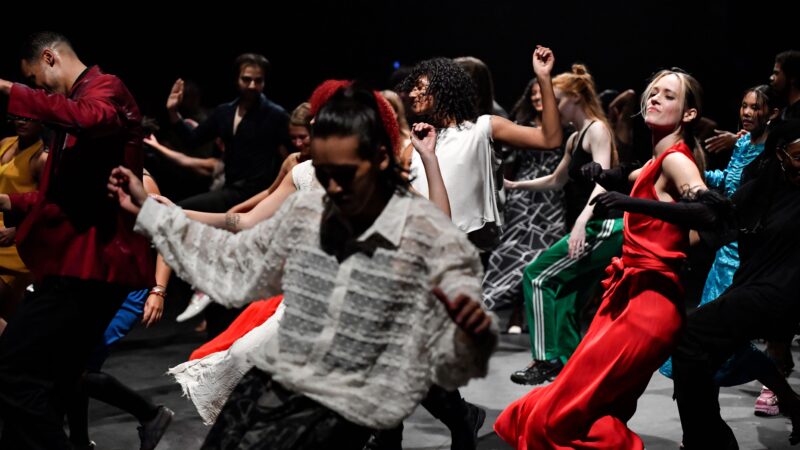Sadler’s Wells
A shining example of the potential of our international-interconnected world, and a warning of the issues that plague it (quite literally in this sense). The first Pina Bausch Foundation (Germany) collaboration with École des Sables (Senegal). This touring production brings together radical new talent from 14 different African countries to 13 cities across the globe. This feat of engineering is not just a miracle considering the “new normal” we live in but something Bausch expressed an interest in before her death.
Based on Igor Stravinsky’s piece The Rite of Spring, this challenging ballet has a long history of artistic revolution. Vaslav Nijinsky’s stark choreography at the original 1913 premiere, along with the cataclysmic music and tough subject matter (human sacrifice) caused a riot on opening night. Thankfully the closest we come to a riot in this instant is the embittered upper class demanding refunds. As the first piece Common grounds (Germaine Acogny & Malou Airaudo) was sadly cancelled due to covid. Hardly incendiary.
But let’s get down to the nitty-gritty. The 38 dancers are whittled down to 24 due to the ever-present presence of the pandemic. Although these artists are no stranger to a lockdown life, having to cancel the show’s premiere in Dakar in 2019. The fact that they are touring finally must feel astounding.
What is truly astounding is the piece! Never has 45 minutes felt too short, and dear reader you know my relationship with length (of shows, to clarify). As we wander in, 15 stagehands are carefully and lovingly smoothing a layer of dirt onto the stage. Mud mud glorious..you get it.
On fly the women, like hellish badminton shuttles, clad in barely-there silk dresses. Repeated group leaps fling them into the air, as they crash down again into the loamy substrate. A clasped fist, both hands in the air and then slammed between the legs sets the sexual violence of the piece early on.
On march the blokes, topless in silk palazzo trousers, hurrah sexualisation all round! Bausch’s interpretation of the human sacrifice is very much a 1970’s take. The battle between the sexes governs the tight grouping and sudden ungrouping of the genders. Looking like beautiful crustaceans the men circle the isolated groups of females: athletic, posed, exuding menacing masculinity. Yet the women are not weak victims. They fling themselves at the hard bodies of the men, at one breath-taking point jumping and landing on their shoulders starfish-like.
Bausch is a cruel mistress, demanding emotional connection unique in the dance world. She wanted you tired poor hungry, as it were. The aggressive choreography is broken up by circular running and spinning in tribal patterns, think solstice celebration. The mud flies, the sweat pours, the flimsy silk ruins. The effect…. simply marvellous.
Then we get to Anique Ayiboe as the lady in red. Our sacrificial victim. A more passionate, uninhibited, wild, desperate plea for freedom I don’t think I have ever seen. Ayiboe dances as if her life depends on it, beating herself raw, costume disintegrating around her soaked and bedraggled form. The image will stay in my mind forever as an example of powerful dedication to art and drive for perfection. One to watch for certain.
The show builds to a guttural crescendo. By this point all the dancers are besmeared with mud, sweat, eyes wide, hands flayed, panting for breath. Ayiboe falls and it’s all over. Just like that snapped away as if it had never happened.
In 1975 Bausch infused this classic ballet with her signature overpouring of emotion and sexual dynamics. Now 2022, a world similar in many ways to 1975, economic uncertainty, racism, and sexism different but still sadly present. A piece like this, with such a history of challenging the status quo, makes so much sense today. The current tour gloriously keeps that tradition going, rewriting a piece about tribal sacrifice into something far more complex and interesting. The importance of dance to look outside its narrow Eurocentric confines for enlightenment is never clearer.
Futhermore the importance of a tour like this, fighting the practical problems of covid-19 to bring different cultures and ideas together is indispensable. Those who witness The Rite of Spring in this form will have seen history made, thrashing through the mud, something rare, special, and one of a kind.
For more eye-watering shows, click here!



